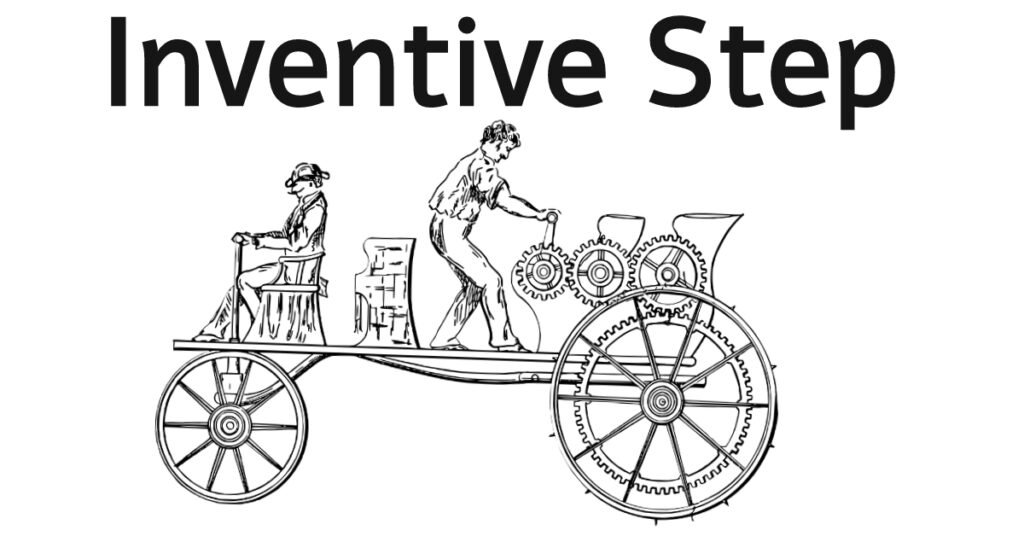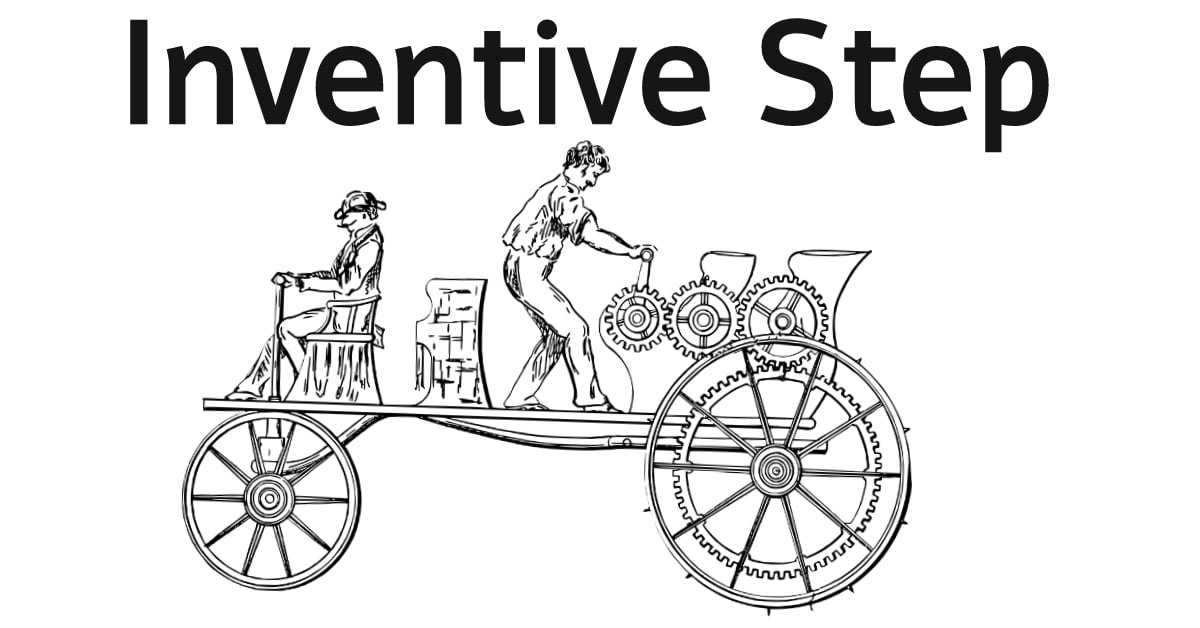
To understand the assessment criteria of “inventive step” under the Indian Patents Act, 1970 (hereafter referred to as
‘the Act’), we first need to examine some crucial definitions within the Act:
Section 2(1)(j) of the Act defines “invention” as follows:
“Invention means a new product or process involving an inventive step and capable of industrial application.”
Section 2(1)(ja) of the Indian Patent Act provides the definition of “inventive step” as follows:
“Inventive step means a feature of an invention that involves a technical advance as compared to the existing knowledge
or having economic significance or both and that makes the invention not obvious to a person skilled in the art.”
A combined interpretation of the above sections establishes that “inventive step” refers to a feature of an invention that
demonstrates a technical advancement over existing knowledge or possesses economic significance or both, rendering it
non-obvious to a person skilled in the art.
Novartis v. UOI1 the case marked a significant turning point in the interpretation of ‘Inventive step’ under Indian patent
law. This case revolved around Novartis’ patent application for the anti-cancer drug Glivec. The court’s decisio
emphasized the importance of ‘enhanced efficacy’ in determining ‘Inventive step.’ The Novartis case laid the foundation
for subsequent interpretations of this criterion.
One of the seminal tests for determining inventive step and lack of obviousness was first laid down by the House of
Lords in Windsurfing International Inc. v. Tabur Marine Ltd.2
In Windsurfing, the Court laid down a four-step test to determine whether a patent satisfied the requirement of
inventive step and lack of obviousness. The said steps are as under:
“1. Identifying the inventive concept embodied in the patent;
- Imputing to a normally skilled but unimaginative addressee what was common general knowledge in the art at the
priority date; - Identifying the differences if any between the matter cited and the alleged invention; and
- Deciding whether those differences, viewed without any knowledge of the alleged invention, constituted steps that
would have been obvious to the skilled man or whether they required any degree of invention.”
The tests laid down in Windsurfing were again considered by the England and Wales Court of Appeals in Pozzoli Spa v
BDMO SA,3 and modified by Jacob LJ as under: - (a) Identify the notional “person skilled in the art”
(b) Identify the relevant common general knowledge of that person; - Identify the inventive concept of the claim in question or if that cannot readily done, construe it;
- Identify what, if any, differences exist between the matter cited as forming part of the “state of the art” and the
inventive concept of the claim or the claim as construed; - Viewed without any knowledge of the alleged invention as claimed, do those differences constitute steps which would
have been obvious to the person skilled in the art or do they require any degree of invention?”
The Hon’ble Delhi High Court in F. Hoffmann-La Roche Ltd. and Ors. v. Cipla Ltd.4, added a further step as elaborated
below:
Step No.1 :To identify an ordinary person skilled in the art,
Step No.2: To identify the inventive concept embodied in the patent,
Step No.3 : To impute to a normal skilled but unimaginative ordinary person skilled in the art what was common general
knowledge in the art at the priority date.
Step No.4 : To identify the differences, if any, between the matter cited and the alleged invention and ascertain whether
the differences are ordinary application of law or involve various different steps requiring multiple, theoretical and
practical applications,
Step No.5 : To decide whether those differences, viewed in the knowledge of alleged invention, constituted steps which
would have been obvious to the ordinary person skilled in the art and rule out a hindsight approach.
Further the Delhi High Court in Bristol-Myers Squibb Holdings Ireland Unlimited Company v. BDR Pharmaceuticals
International Pvt. Ltd5., summarised some of the principles which can be used determine whether an invention is
obvious or not. The said principles are:
(i) A hindsight reconstruction by using the patent in question as a guide through the maze of prior art references in the
right way so as to achieve the result of the claim in the suit, is required to be avoided.
(ii) The patent challenger must demonstrate the selection of a lead compound based on its promising useful properties
and not a hindsight driven search for structurally similar compounds.
(iii) There should be no teachings away from the patent in question in the prior art.
(iv) Mere structural similarity cannot form the basis of selection of lead compound in a prior art and the structural
similarity in the prior art document must give reason or motivation to make the claim composition.
(v) Though mosaic of prior art documents may be done in order to claim obviousness, however, in doing so, the party
claiming obviousness must be able to demonstrate not only the prior art exists but how the person of ordinary skill in the
art would have been led to combine the relevant components from the mosaic of prior art.
(vi) It has to be borne in mind, small changes in structures can have unpredictable pharmacological effects and thus,
structural similarity alone is not sufficient to motivate to selection of the lead compound.
(vii) Though it would be tempting to put together a combination of prior arts but this requires a significant degree of
hindsight, both in selection of relevant disclosures from these documents and also in disregarding the irrelevant or
unhelpful teachings in them.
The Hon’ble Delhi High Court in the case of Agriboard International LLC. v. Deputy Controller of Patents & Designs6
ruled that when dismissing a patent application due to a deficiency in inventive step, it is imperative to engage in a
comprehensive discussion regarding the prior art, the invention in question, and how the said invention would be
perceived as obvious by someone skilled in the art. Merely arriving at a straightforward conclusion that the invention
lacks inventive step is insufficient and goes against the provisions outlined in Section 2(1)(ja) of the Act.
Recently, the Delhi High Court in Avery Dennison Corporation vs. Controller of Patents and Designs7 determined that
various approaches, tests, and procedures established by different courts and authorities all aim to outline how prior art
should be examined and how a patent application should be assessed for inventive step. It was emphasized that none of
these approaches and tests should be applied rigidly. Instead, the choice of approach or test should be based on the
specific field of technology and the characteristics of the prior art involved. There may even be instances where the
Court decides to use a combination of multiple tests.
Ultimately, whether in the patent office or the Court’s deliberations, the examiner or adjudicator must identify the
elements within the prior art and compare them with the claims under consideration from the perspective of a person
skilled in the relevant field. If this comparison demonstrates a clear technical improvement over the prior art as of the
application’s priority date, then the patent may be eligible for approval.
